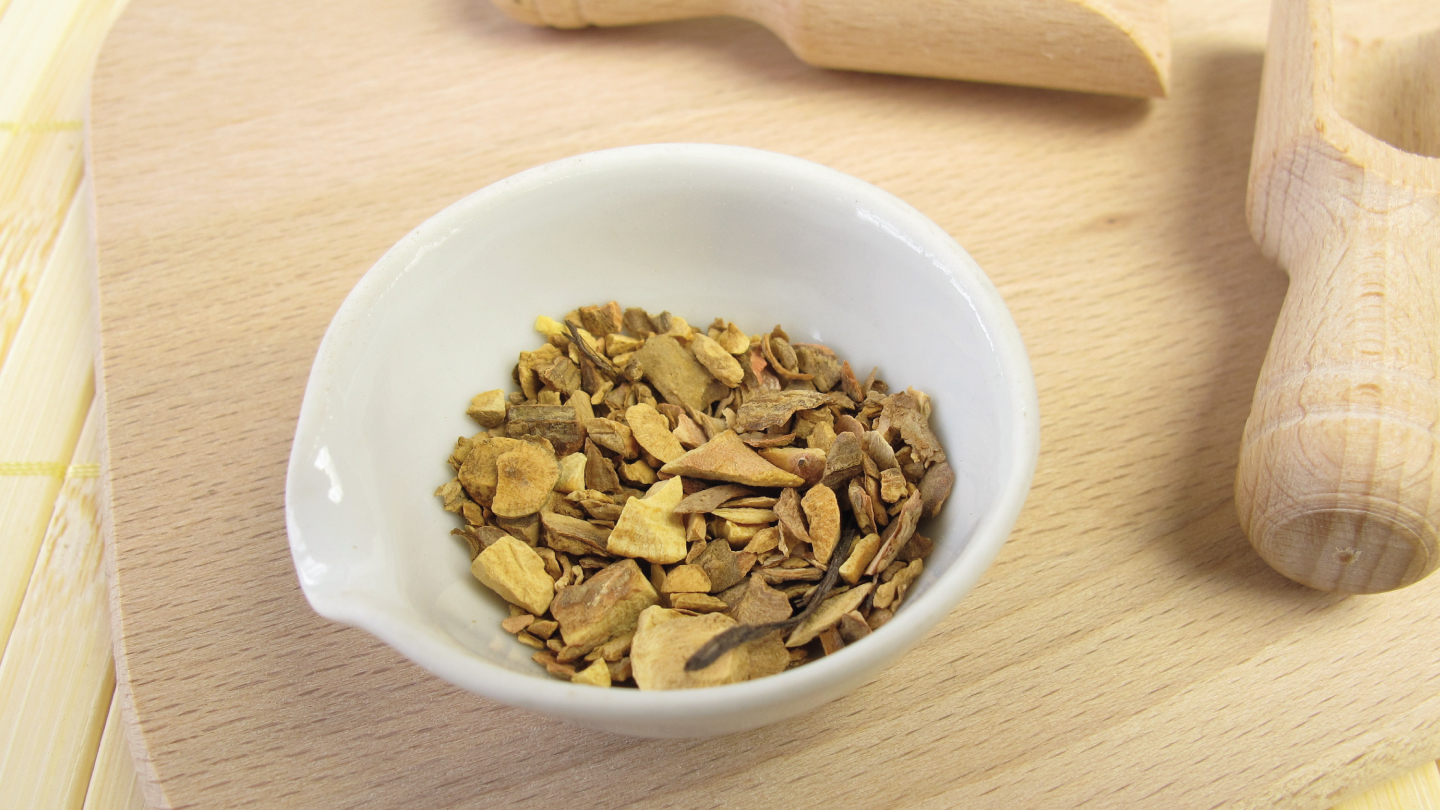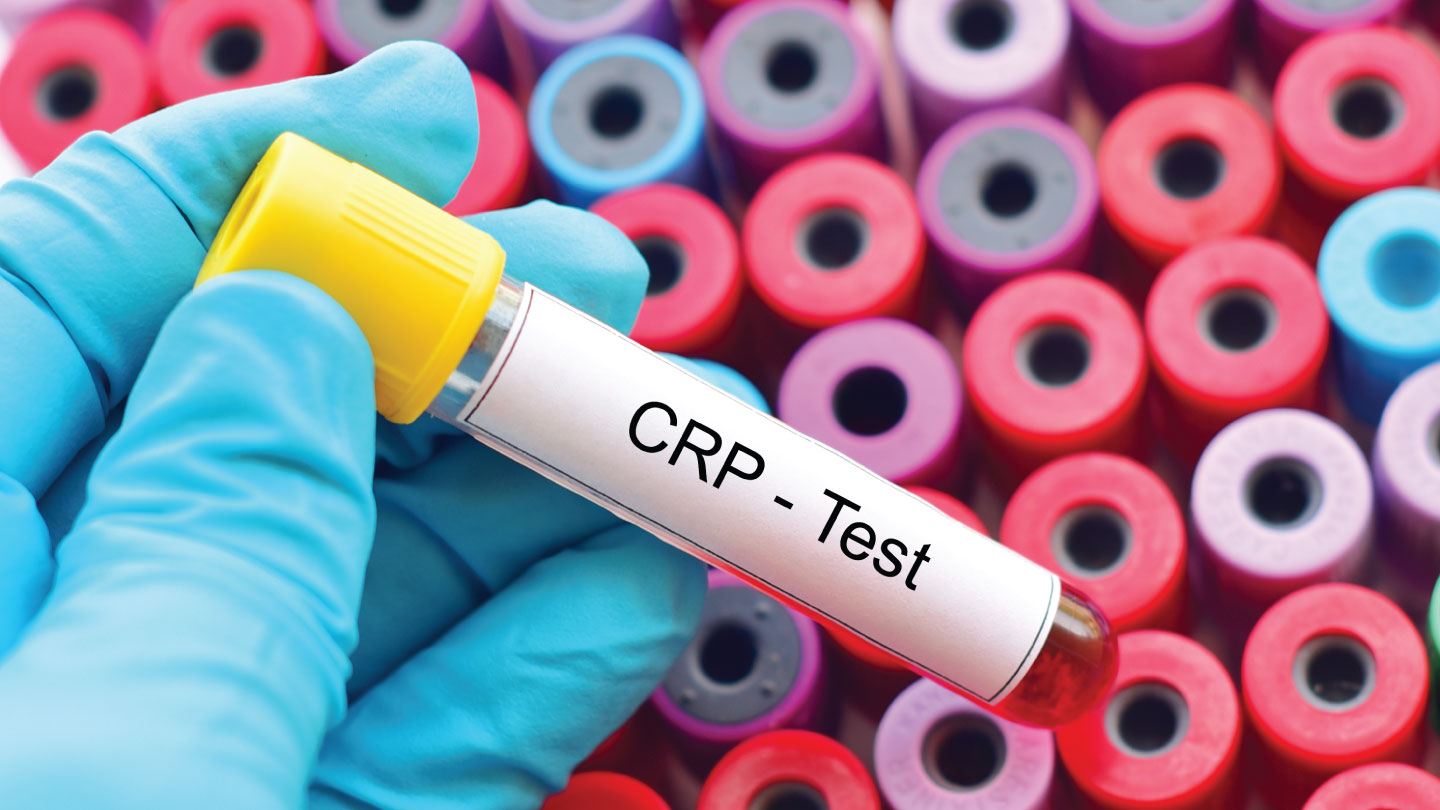Medical
Female Condoms: How They Work & Why You Should Try Them
If you thought condoms were just for men, think again! Female condoms offer an empowering, comfortable alternative for women seeking safe sex, putting protection in their hands.

Are you someone who is not comfortable with taking contraceptive pills? It’s time to take control of your safety, sexuality and be empowered through female condoms.
Imagine a form of protection that gives you full control, a sense of empowerment, and peace of mind all at once. Female condoms are a lesser-known but incredibly effective contraceptive method that offers women the ability to take charge of their sexual health. Female condoms are a type of barrier contraceptive designed to prevent pregnancy and reduce the risk of sexually transmitted infections (STIs). Unlike male condoms, they are worn inside the vagina and act as a physical barrier, preventing sperm from reaching the egg.
Need all your wellness solutions in one place? A whole new world awaits just a click away.
How Do Female Condoms Work?
Female condoms are designed to be worn inside the vagina to prevent pregnancy and protect against sexually transmitted infections (STIs). They are made from soft, flexible materials such as nitrile or polyurethane, and have two rings—one at each end. The closed end with the inner ring is inserted into the vagina, covering the cervix, while the outer ring stays outside, covering the genital area.
To use a female condom, simply squeeze the inner ring and insert it into the vagina, ensuring it fits comfortably around the cervix. The outer ring should rest on the outside of the vulva, creating a barrier during intercourse. It’s important to check that the condom isn’t twisted or bunched up inside, as this can reduce its effectiveness. Female condoms can be used with water-based or silicone-based lubricants to enhance comfort and reduce the risk of breakage, but should never be used with oil-based lubricants as they can damage the material. Once in place, the condom acts as a protective barrier, preventing sperm from entering the uterus and reducing the risk of STIs by covering more surface area than male condoms. After intercourse, the condom can be removed carefully and disposed of, making sure not to spill any contents.
When used correctly, female condoms are about 95 per cent effective at preventing pregnancy. However, they may be less effective if they slip out of place, break, or if they’re not used properly. For added effectiveness, it’s best to use them with water-based or silicone-based lubricants, as oil-based lubricants can damage the material.
Related Story: Your Guide to Good Health—Women’s reproductive and sexual health through the 20s to 40s and 50s
Why Should You Try Female Condoms?
Although female condoms are less commonly used compared to male condoms, they definitely deserve more attention. They offer unique benefits that can be a game-changer for many people, especially for those looking for more control over their contraception and sexual health. Despite not being as widely recognised, they provide important advantages that make them a worthwhile option for those seeking effective protection from both pregnancy and sexually transmitted infections (STIs).
More Control for Women: Female condoms give women more control over their sexual health. Unlike male condoms, which require the partner to wear them, female condoms can be inserted by the woman ahead of time. This means you don’t need to rely on your partner to use protection, giving you peace of mind that you’re protected.
STI Protection: Female condoms can reduce the risk of sexually transmitted infections (STIs), including HIV, herpes, and chlamydia. Since they cover more of the genital area, they provide better protection from infections that are spread through skin-to-skin contact, something that male condoms may not fully protect against.
Related Story: Are You Using Birth Control Correctly?
No Hormones Involved: Unlike other forms of contraception like the pill, implants, or IUDs, female condoms don’t involve hormones, which is a huge benefit for people who prefer non-hormonal methods or have side effects from hormonal contraceptives.
Safe for People with Allergies: Female condoms are usually made from materials like nitrile or polyurethane, which are less likely to cause allergic reactions compared to latex condoms. This makes them a good option for people with latex allergies or sensitivities.
Use With Lubricants: Female condoms can be used with both water-based and silicone-based lubricants, which can make sex more comfortable and enjoyable. It’s important to avoid oil-based lubricants because they can damage the material, but this flexibility still makes them a great option for those who like to use lube.
Discreet and Comfortable: Some people find that female condoms are more comfortable or less constricting than male condoms, as they don’t fit tightly around the penis. The design also means there’s less risk of breakage or slippage during intercourse.
Need all your wellness solutions in one place? A whole new world awaits just a click away.
EXPLORE MORE
Hypertension continues to rise in India, with millions depending on daily pills. Research is now revisiting Sarpagandha (Rauvolfia serpentina), an Ayurvedic herb, for its role in supporting blood pressure management.
Nearly all cases of cervical cancer are linked to the human papillomavirus (HPV). Now, a Mexican scientist may have found a breakthrough therapy that could change the future of women’s health.
Many types of inflammation aren’t obvious on the surface. Learn which blood tests can reveal it and how to understand the numbers.
You are religiously following all the dos and don'ts of your sugar diet, yet the meter is not going in your favour? Note down these everyday non-food-related reasons that might be causing that spike.










